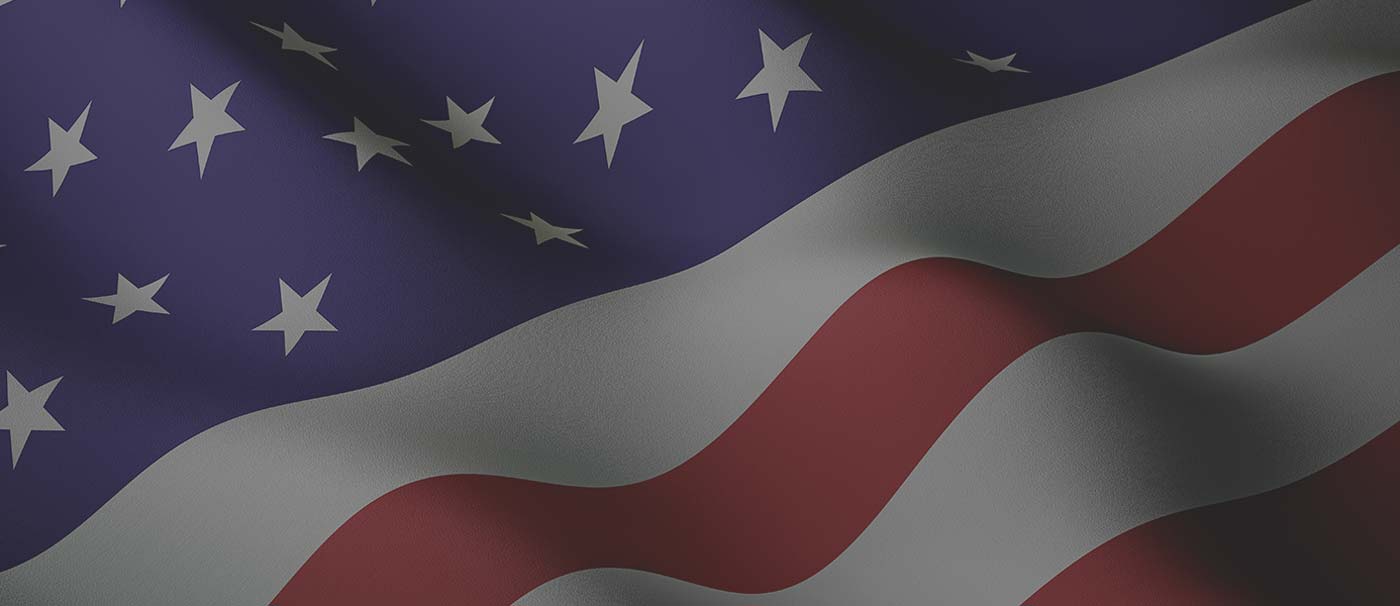Religious Liberty in the Marketplace Overview
The “Marketplace of Ideas” was first coined in 1859 as a concept by John Stuart Mill (a British philosopher and political economist) in his book, On Liberty, and revolves around the notion that when public discourse is open and transparent, it leads to a greater sense of objective truth. Over time, the phrase began to find its way into the courtroom, including the United States Supreme Court. Justice Oliver Wendell Holmes wrote the dissent in Abrams v. United States (1919) and addressed the “free trade of ideas” within the “competition of the market.” The actual phrase was first used by Justice William Douglas in United States v. Rumely(1953).
A 1969 landmark decision (Brandenburg v. Ohio) solidified the broad construct of “free speech” within the marketplace of ideas and affirmed the legal precedent that the government cannot punish inflammatory speech unless it is purposely used or likely to incite “imminent lawless action.” This “test,” also known as the Brandenburg Test, had three distinct elements: intent, imminence and likelihood. The majority ruling in this case—other than some narrow exceptions—has been the pillar of free speech law for the United States since that time.
In the 21st century, threats to the freedom of expression within the marketplace of ideas can be seen in various attempts to define and enforce laws pertaining to “hate speech.” In general, hate speech includes speech, writing, gestures, conduct or displays that may incite violence or prejudicial action against or by a protected individual or group. Historically, this includes gender, ethnic origin, religion, race, disability and more recently, sexual orientation. For some, hate speech is akin to the word, “Newspeak,” which is derived from George Orwell’s book, Nineteen Eighty-Four, and describes the totalitarian attempt to limit the freedom of thought and self-expression.
The First Amendment to the Constitution given in the Bill of Rights (1791) protects the freedom of speech. The 14th Amendment (ratified in 1868) extends this right at the state level. Since that time, the legal system has basically ruled favorably to protect free speech when it comes to the content of expression, as compared to the mode of expression. U.S. Supreme Court decisions in A.V. v. City of St. Paul(1992) regarding a cross burning by a white gang and Snyder v. Phelps (2011) involving the public protests of Westboro Baptist Church against homosexuality are recent examples.
The arguments for and against the freedom of speech/expression and behavior within the marketplace of ideas is increasingly in the spotlight when it comes to cultural values. Examples include the sanctity of life (e.g., employers under the Affordable Care Act being forced to provide coverage in their health insurance policies for abortion and/or abortifacient contraceptives), the traditional definition of marriage (e.g., state laws being vacated by the U.S. Supreme Court in granting marriage licenses to same-sex couples), and violation of conscience issues (e.g., the Kleins, owners of Sweet Cakes Bakery in Oregon, for refusing to bake a wedding cake for a same sex couple and Elaine Huguenin’s refusal to photograph a same sex marriage in New Mexico).
Court decisions at the state and federal levels, as well as legal precedents are all on the increase regarding these kinds of issues. One reason is the significant rise in regulatory standards and state licensing laws among a growing list of professions and businesses. According to University of Minnesota labor professor, Dr. Morris Kleiner, almost 25% of all workers in the United States are now required to secure a state license in order to practice their profession—nearly a fivefold increase over the past 60 years. While the purported intent may seem reasonable—to improve the quality of services that are being rendered—an alarming consequence is the parallel increase on attempts to limit religious freedom. See Storman’s, Inc. v. Wiesman, where a three-judge panel of the Oregon Ninth Circuit of Appeals ruled against a pharmacist for refusing to deny customers contraceptive prescriptions based on religious beliefs.
Read more history here.
 National Strategic Center
National Strategic Center 
 Join the movement in your state
Join the movement in your state  For APCN Members
For APCN Members 








